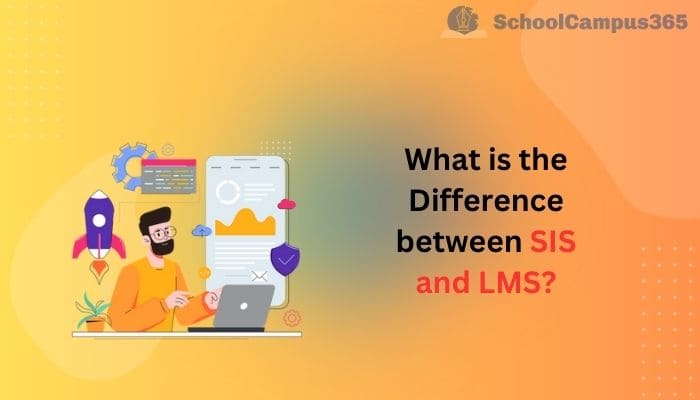what is the different between SIS and LMS?
In today's education sector, technology has become a crucial part of everyday operations. With the introduction of new IT tools, managing data has become both a necessity and a challenge. One of the biggest hurdles is sorting through the vast amount of data generated and identifying the valuable information for future use. To tackle this issue head-on, two main educational technology products have emerged and gained widespread adoption: the Student Information System (SIS) and the Learning Management System (LMS).
Although these systems address different challenges, they share a common focus: students. Together, they offer a comprehensive solution to the education sector's needs. In this blog, we'll take a closer look at both SIS and LMS to understand how they work and how they benefit the education industry. Let's dive in!
Understanding the Student Information System!
A Student Information System, often referred to as SIS, is a software solution designed to manage student information and streamline administrative processes in educational institutions. Acting as a central hub, the SIS consolidates all student-related data, providing stakeholders with easy access to vital information. Throughout a student's academic journey, from enrollment to graduation, the SIS collects and stores relevant data, enhancing workflow efficiency along the way.
One of the primary functions of an SIS is to facilitate essential administrative tasks such as admissions, attendance tracking, grading, and reporting. By organizing and centralizing this data, educational institutions can optimize their operations and improve overall efficiency.
Key features of an SIS include:
- Student Profiles: Detailed records containing personal information, academic history, and other pertinent data for each student.
- Admissions Management: Streamlined processes for student enrollment, including application submission, documentation management, and admission decisions.
- Attendance Tracking: Automated systems for recording student attendance, monitoring patterns, and generating reports for stakeholders.
- Grading and Transcripts: Tools for inputting grades, calculating GPA, and generating official transcripts for students.
- Course Registration: Online platforms that enable students to register for classes, check availability, and manage their schedules.
- Parent and Guardian Portals: Secure portals allowing parents and guardians to monitor their child's progress, access report cards, and communicate with teachers.
- Reporting and Analytics: Comprehensive reporting capabilities, providing insights into student performance, attendance trends, and institutional metrics.
- Integration with Other Systems: Seamless integration with other educational software and systems, such as Learning Management Systems (LMS) and financial management software.
- Communication Tools: Features for internal communication among faculty and staff, as well as communication channels between educators, students, and parents.
- Data Security and Compliance: Measures to ensure the security and confidentiality of student data, as well as compliance with relevant regulations such as FERPA (Family Educational Rights and Privacy Act).
Conclusion
Overall, a Student Information System plays a vital role in modernizing and optimizing administrative processes within educational institutions, ultimately enhancing the educational experience for students, educators, and administrators alike.


